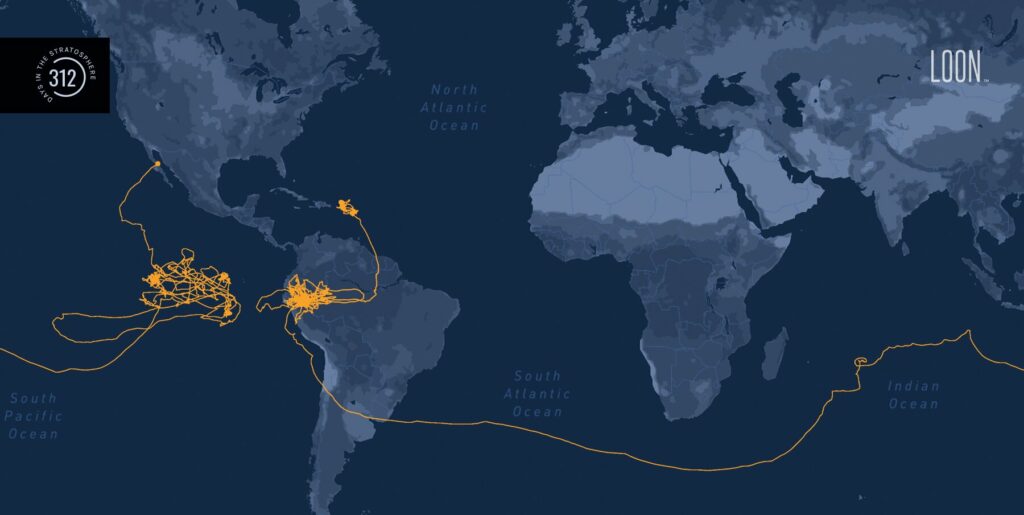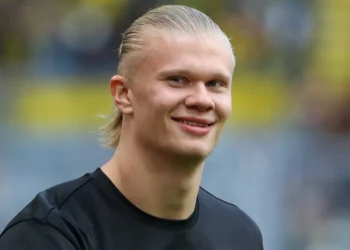Alphabet, the parent company of Google, announced that it has broken the record for the longest stratospheric flight, with a balloon that flew for 312 days straight.

The feat is the merit of the Loon project team, and was announced on their blog (via Medium). The Loon project was started in 2013 and aims to provide cellphone service to remote areas by employing balloons instead of phone towers.
Floating proud
The team has spent those years hard at work perfecting very high-altitude balloon flight. And they’ve come a long way — their first balloons could only manage a few days aloft.
Each and every balloon they trialed was equipped with two-way communications technology, allowing them to act as floaty cell towers. Among other hurdles, the team had to learn how to properly insulate on-board equipment and keep the batteries warm enough to function. The stratosphere starts from 4 to 12 miles (6 to 20 km) above the Earth’s surface and extends around 31 miles (50 km). Temperatures here range between an average of -60°F (-51°C) at the tropopause (where the stratosphere begins) to a maximum of about 5°F (-15°C) at the top. These upper temperatures are warmer due to the formation of Ozone, which releases heat. The balloons also carry an on-board solar panel to power all the gear.
When handling balloons, one has to be extremely careful, the team explains, as the tiniest of holes can ruin the whole trip. However, they’ve recovered almost every one of the balloons they sent up, even those that fell in remote areas. To ensure that everything is in tip-top shape, each of them is scanned using “the world’s largest flatbed scanner” after every trip.

That’s a lot of scanning because the team launches a new balloon almost every week, and has around 100 flying at any time. A ground crew monitors their altitude and alters them if needed, for example, to avoid areas of extremely low temperatures.
The record-setting balloon was launched from Puerto Rico in May of last year, flew over South America, went almost around the globe, and then landed in Baja, California this past March.






